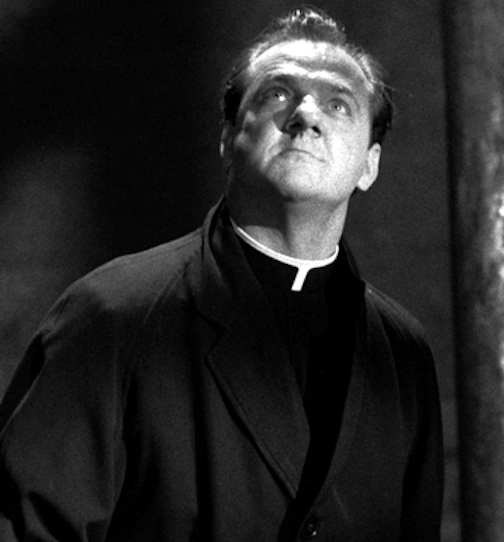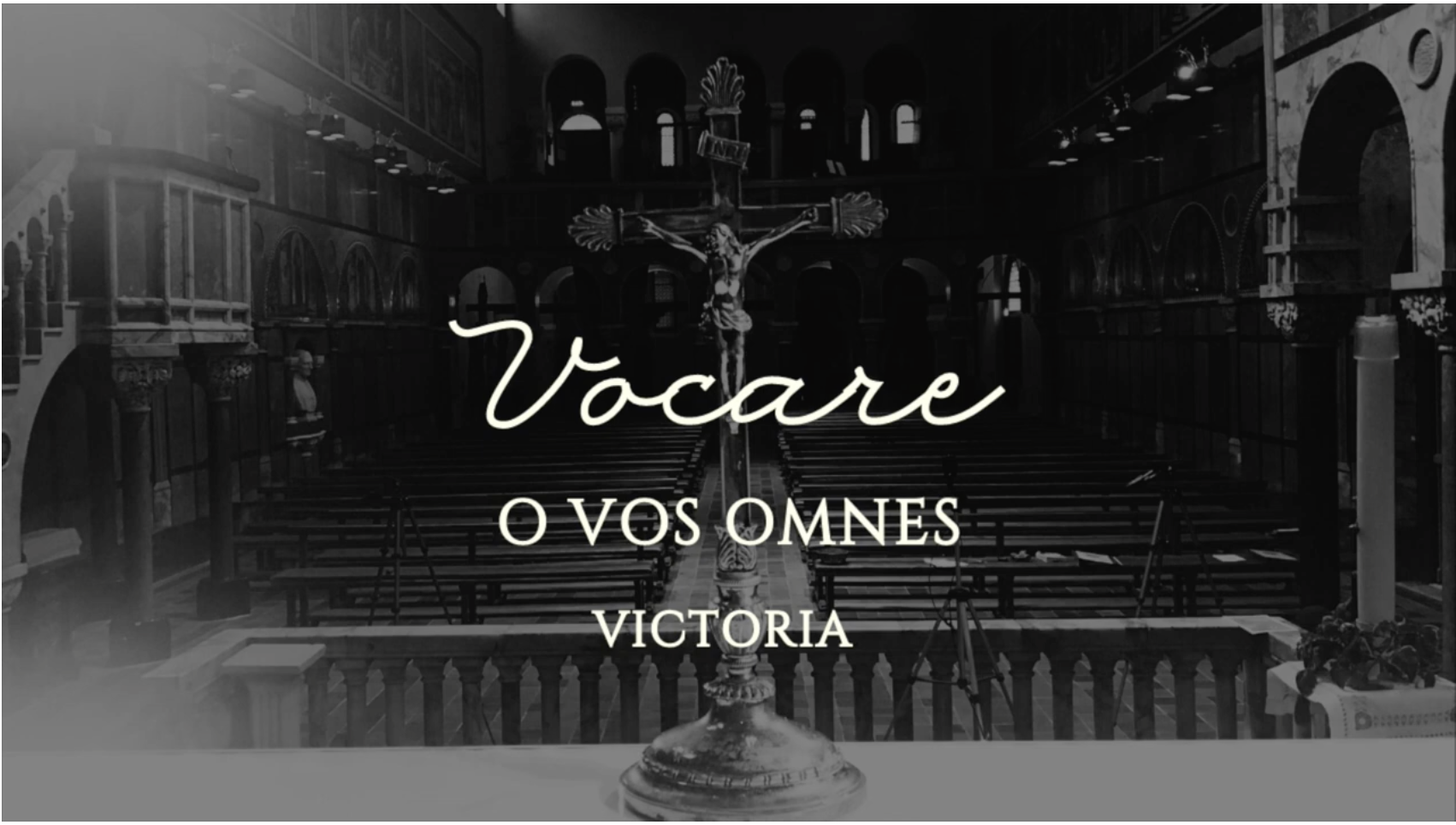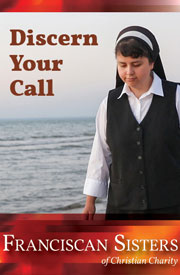Some decades ago I took it for granted that sooner or later the Catholic priesthood would be open to women. Maybe not in my lifetime, because the Catholic Church, when it changes, changes slowly. But eventually, I was sure, it had to happen.
After all, this is the modern world, a world in which men and women are equal, in theory, and, increasingly, in fact. If women are no longer excluded from the legal and medical professions or from the U.S. Congress, and if women are prime ministers, and if a woman will someday become president, and if women are being ordained as ministers in Protestant churches and priests and bishops in Anglican churches – if all this is happening, how in the world can women possibly be kept out of the Catholic priesthood?
And then came Pope John Paul II’s Apostolic Letter of May 22, 1994, Ordinatio sacerdotalis (“priestly ordination”), which summed up, in the penultimate paragraph: “I declare that the Church has no authority whatsoever to confer priestly ordination on women and that this judgment is to be definitively held by all the Church’s faithful.”
As a matter of Church history, this letter belongs in the same category as Pope Paul VI’s anti-contraception encyclical Humanae Vitae of 1968. The negative reaction to the 1994 letter was far less sensational than the negative reaction to the 1968 letter had been, probably because Catholics (being human beings) care more about sexual intercourse than they do about the gender of priests.
But the two letters delivered the same basic message: “The Roman Catholic Church will stick to its traditional teachings no matter how much they conflict with the values of the modern world; and will stick to these teachings even when doing so will cause the world to look on the Church as a hopelessly out-of-date institution; and even when doing so will cause millions of Catholics to abandon the faith.”
In 1968 I laughed at Pope Paul’s letter. “How silly,” I thought. “Taking a stand against contraception is like taking a stand against television.” But by 1994 my growing conservatism – that is to say, my growing disillusionment with modern “progress” – caused me to pause when I learned about John Paul’s letter. “Hmm,” I thought, “I wonder if the old Polish guy has it right.”
I gradually came to agree with Pope John Paul II. But not for the usual theological reasons, e.g., that Jesus was male and that his apostles were male. Rather, for what may be called sociological reasons. After all, I was a teacher of sociology, not a theology professor.

Women, I reasoned, are more religious than men. Leave aside the question of whether this greater degree of religiosity comes by nature or by a hundred centuries of social conditioning (my guess is that it’s a little of both); either way, it’s a great historical fact and is likely to continue to be a fact for many centuries to come.
In particular, women are more predisposed to Christianity (or are more Christian by nature) than are men. For instance, women are far more inclined than men to embrace three pivotal Christian virtues – chastity, humility, and loving-kindness.
This being the case, if the Catholic Church were to open the priesthood to women, women would soon flood the seminaries, and the Catholic priesthood would soon become an overwhelmingly feminine profession, and the Catholic religion would become a religion for women, quite unsuitable for men.
The Catholic priesthood, at least when it is in good operating order, strikes just the right balance between the masculine and feminine elements of human nature.
On the one hand, it is masculine, being reserved for males and giving priests something men naturally desire, authority and power – the powers, for example, to forgive sins and to turn bread and wine into the body and blood of Christ.
On the other hand, the priesthood is feminine, demanding that priests, far more than ordinary men, specialize in those three typically feminine virtues of chastity, humility, and loving-kindness.
There is always a danger, of course, that this balance will get upset. It can tip too far in the masculine direction. A priest or bishop may become too “hard;” he may become drunk with power; he may become arrogant. Or the balance may tip too far in the feminine direction. A priest may become too “soft;” may become weak; may become too ladylike.
For the last half-century or so, at least in the United States, the balance has tipped too far in the feminine direction. The most obvious example of this is the homosexuality that has permeated the priesthood. When I say this I have in mind three things: homosexual orientation, homosexual practice, and a reluctance to view homosexual practice as a very serious sin.
If somebody tells me that there is nothing feminine about male homosexuality, I’ll answer: What can be more feminine than the desire to receive the sexual embraces of a man – a desire that is perfectly natural in a woman and perfectly unnatural in a man?
Equally feminine is an unwillingness to fight back when you are attacked. For the last half-century or so Christianity in general, and the Catholic religion in particular, have been under relentless and ever-increasing attack by secular humanists – that is, by atheists and semi-atheists who believe the world will be a better place once we get rid of Christianity. For the most part, our bishops and priests have shown a ladylike reluctance to fight back with a vigor that is equal to, or even nearly equal to, the vigor exhibited by the Christianity-haters.
Catholicism has been in steady decline, and our priestly and episcopal leaders have for the most part pretended not to notice.
We need to right the balance. We need a more masculine priesthood.
We need (to give an example) more priests like the priest (Fr. Barry) played by Karl Malden in “On the Waterfront.” No lady-like inclinations there. Just a masculine but caring man who can handle himself in rough circumstances.















